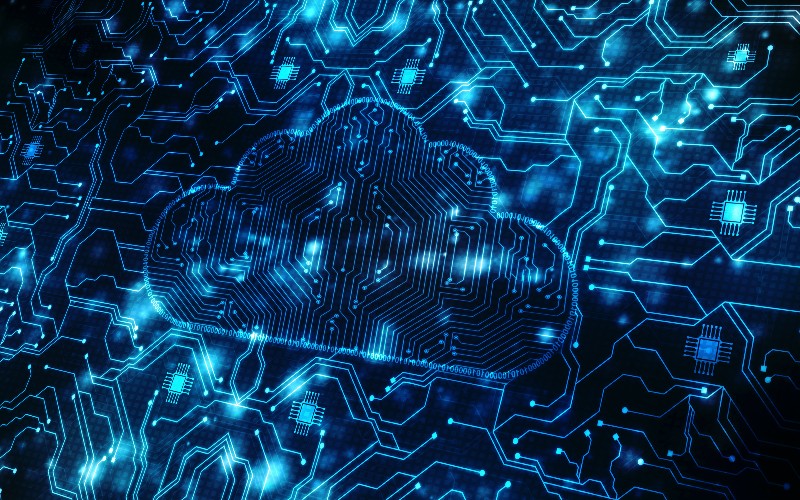The conversation around cybersecurity usually centres on networks, cloud services, and software defences. Yet even as businesses rush to digitise, a quieter challenge remains: the physical side of data security. From removable drives to connected hardware, physical devices are still part of how information moves. Treating cybersecurity as a purely digital exercise leaves a gap that can undo the best technical safeguards.
When digital meets physical
Every organisation handles data in ways that cross the line between online and offline. Files are copied to portable drives, downloaded for analysis, or carried between offices and partners. In highly regulated sectors such as healthcare, energy, or defence, many systems still operate offline by design. Air-gapped networks can’t rely on the cloud, which means staff use USBs or other external media to update software or move data.
That interaction between the digital and physical worlds is often overlooked in planning. Once a file leaves the safety of a managed network, its journey becomes hard to track. If the media used to transfer it has been exposed to an infected system, malware can ride along undetected and re-enter a secure environment later.
The persistence of removable media
Despite modern alternatives, USB drives and other portable devices remain stubbornly useful. They are cheap, fast, and simple. In sectors with limited connectivity—ships at sea, remote facilities, or isolated research labs—they are sometimes the only option. But that same practicality makes them risky.
Incidents over the past decade have shown how easily malicious code can spread through removable media. A single unverified USB stick once caused downtime in a manufacturing plant; another incident shut down navigation systems aboard a cargo vessel. These are not exotic attacks, just examples of how convenience can undermine control.
Hardware as part of defence
As cyber threats become more complex, organisations are revisiting how physical layers fit into their protection strategy. Hardware-based tools are gaining attention again, not as a replacement for software security but as a companion to it. Physical scanning stations, for instance, inspect USB devices before they reach critical systems. The process—often described as USB decontamination—creates a buffer zone between external sources and internal networks.
This approach forms part of what specialists refer to as USB cybersecurity. It uses controlled hardware and multi-engine scanning to block malicious files before they can enter sensitive infrastructure. For industries bound by compliance rules, this blend of physical and digital control can make the difference between theoretical safety and actual resilience.
Lessons from critical sectors
Critical national infrastructure operators were among the first to treat physical media seriously. Power stations, water facilities, and transport systems often work with legacy technology that cannot simply be patched over the internet. These environments demand predictable uptime, so any infection introduced through a drive could halt operations.
Their response has been pragmatic rather than restrictive. Instead of banning removable devices outright, many have implemented check-in and scan processes. Drives are logged, scanned, and sometimes quarantined if suspicious activity appears. It’s a routine part of work in high-security facilities and is slowly becoming standard practice elsewhere.
The business case for physical awareness
For most organisations, the physical layer of cybersecurity doesn’t require major new investment—just clearer thinking. Policies should cover who can use removable media, where devices are stored, and how data on them is encrypted or deleted. Technical solutions can add further control, but the cultural shift matters most. Employees need to understand that hardware is part of the security perimeter, not outside it.
This awareness also protects against reputational and regulatory risk. A lost or infected drive can trigger the same penalties as a network breach under data-protection laws. By including physical procedures in incident response plans, companies close one of the oldest gaps in modern cybersecurity.
Looking ahead
Cybersecurity will always evolve around new software, threats, and cloud technologies, but ignoring the physical elements leaves businesses exposed. The devices that store, move, or update data are as much a part of the network as the routers that connect it. Protecting them isn’t old-fashioned—it’s overdue.
Building security that acknowledges both layers—the digital and the physical—creates resilience that can withstand how people actually work, not just how systems are designed. The smartest networks are those that know where the boundaries are, and still watch what crosses them.


